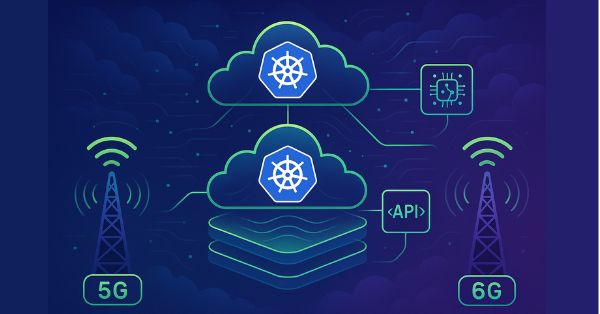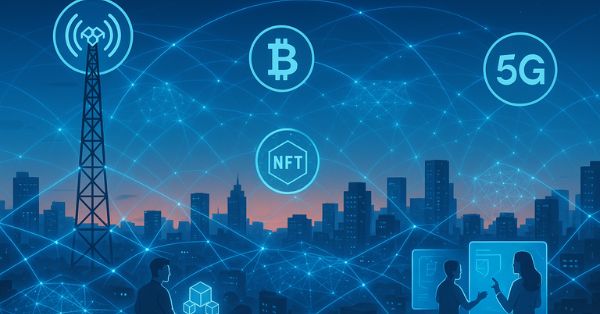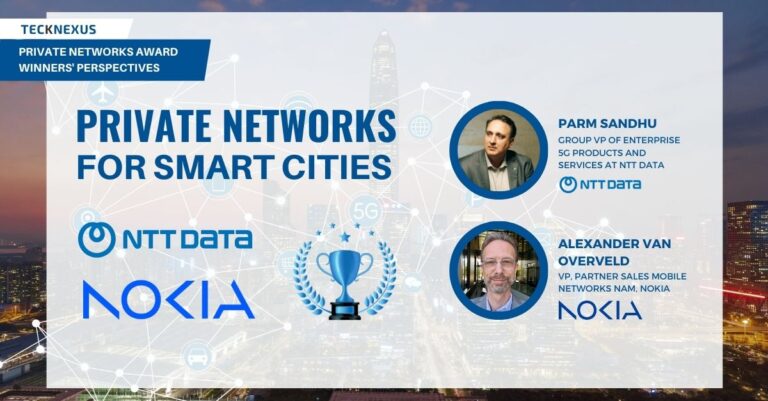Joint Venture in Subway 4G/LTE Network Enhancement
German mobile operators O2 Telefonica, Vodafone Germany, and Deutsche Telekom have teamed up to introduce a comprehensive 4G/LTE network across all underground subway routes in Berlin. This initiative, led by O2 Telefonica and Berliner Verkehrsbetriebe (BVG), aims to improve connectivity for passengers traversing the city’s subway system.
Leading the 4G/LTE Network Initiative in Berlin
BVG, which operates Berlin’s subway system, and O2 Telefonica spearheaded the project, focusing on delivering seamless mobile connectivity. “The addition of a first-class 4G/LTE mobile network significantly enhances our subway service, offering passengers reliable internet access and communication capabilities,” stated Franziska Giffey, Berlin’s senator for Economic Affairs, Energy, and Enterprises, and chairwoman of the BVG Supervisory Board.
Advancing Infrastructure for Berlin’s 4G/LTE Network
O2 Telefonica, a subsidiary of the Spanish telecom group Telefonica, has revolutionized the network infrastructure specifically for this project. Previously dispersed across various underground locations, the network components are now centrally managed from four above-ground data centers, also known as “BTS Hotels”. This restructuring allows for quicker and more efficient updates and maintenance, laying a robust foundation for future 5G expansions.
Laying the Groundwork for 5G in Berlin Subway
The upgrade not only boosts 4G/LTE access but also sets the stage for the next generation of mobile connectivity. “We are preparing for extensive 5G coverage at key locations like the Alexanderplatz train station, utilizing the 3.6 GHz frequency,” highlighted O2 Telefonica. This development is part of a broader strategy to provide high-speed 5G services throughout Berlin, both above and below ground.
Comprehensive Upgrades to Subway Connectivity
As part of the network upgrade, O2 Telefonica has installed over 1,000 kilometers of fiber optic cables and an equal length of high-frequency cables throughout the subway tunnels. The project also includes 360 tunnel antennas, 350 repeaters, and 30 base stations, making it the largest indoor mobile communications initiative in Germany. “This monumental effort not only expands our network but establishes a new benchmark for mobile infrastructure in Germany,” said Matthias Sauder, head of network expansion at O2 Telefonica.
Expanding 5G Network Across Berlin
Following the initial launch of 5G services in October 2020, O2 Telefonica has rapidly expanded its 5G infrastructure. “To date, nearly 10,000 5G base stations have been deployed, achieving coverage for 95% of the German population,” the company reported. Recently, in October 2023, O2 Telefonica introduced its 5G Standalone (SA) network under the ‘5G Plus’ brand, transitioning from the earlier Non-Standalone (NSA) 5G architecture that utilized a combination of 5G and LTE/4G technologies.
This advancement signifies a significant leap in Berlin’s digital connectivity landscape and enhances the city’s appeal as a modern, tech-savvy metropolis.
























